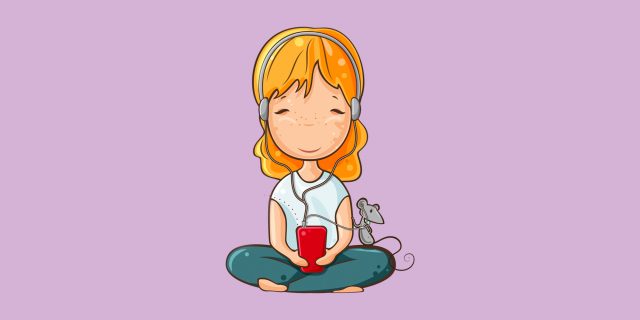5 Ways to Spend More Calories Without Working Out
It is possible to increase the energy expenditure of the body a little bit without exercise. It is confirmed by scientists.

5 ways to burn more calories without working out
1. Keep your room temperature low
Try to keep a cool room temperature, especially when you sleep, and get outdoors more often. Cold increases brown fat, a type of fatty tissue that expends energy to heat the body. Researchers have found that in adults, 50 to 100 grams of brown fat increases energy expenditure by 150 to 300 kcal per day.
A 2014 study found that if you have brown fat, staying out for long periods (5-8 hours) in a cold room significantly increases energy expenditure, speeds up glucose utilization throughout the body and increases insulin sensitivity.
A study by Dr. Francesco S. Celi and Dr. Paul Lee found that regular sleep in a cold room (19°C) for a month increased brown fat cell volume by 42% and their metabolic activity by 10%. In addition, study participants had increased glucose sensitivity, as well as increased levels of leptin (an appetite-suppressing hormone) and adiponectin (increases insulin sensitivity, has anti-inflammatory and anti-atherogenic effects).
2. Sit on the floor more often.
If you watch TV on the floor rather than on a soft couch or chair, more muscles are strained just to keep your body in a certain position. Also, more energy is spent getting on and off the floor.
In addition to wasting calories, sitting on the floor improves flexibility, muscle tone and posture.
Our body is adapted to perform a full squat, and modern man performs it only in half range all day. As a result, we gradually lose flexibility and joint mobility.
By regaining full range of motion, you’ll improve your posture, keep your muscles and tendons flexible and even prolong your life. A 2012 study by Brazilian scientists found that the inability to sit on and get up off the floor without the help of hands increases the risk of death in old age.
Sitting on the floor, you can watch TV or play video games, talk on the phone, read a book, eat a snack or even eat lunch: forced body movements during such a meal will improve digestion.
3. chew gum

James Levine and Paulette Baukol of the Mayo Clinic found that chewing gum increases energy expenditure by 11 kcal per hour.
What’s more, chewing gum helps you consume fewer calories while feeling more energetic. Kathleen Melanson, professor of nutritiology at the University of Rhode Island, investigated the effects of sugar-free gum on weight control. When study participants chewed gum for one hour in the morning (three 20-minute segments), they consumed 67 kcal less for breakfast and did not make up for it during the day.
When evaluating their condition, participants reported feeling more energy and less hunger after chewing gum.
The researchers hypothesized that the process of chewing itself stimulates nerves in the chewing muscles that send signals to appetite zones in the brain associated with feelings of fullness. This explains why the subjects were less hungry.
4. walk to dynamic music
A 2016 study by Italian scientists found that listening to energetic music increases heart rate faster.
One group of participants pedaled on an exercise bike to music at 150-170 BPM, another group pedaled to rhythmic music at a high BPM, and a third group pedaled with no music at all. As a result, the groups who trained with energetic music reached the aerobic zone (50-60% of maximum heart rate) faster, and after reaching the 75% of maximum heart rate threshold, the rhythmic music helped them maintain the pace and speed up.
If you are not cardio-training, just walk to rhythmic music, for example, to work or to the store. That way you’ll move faster and spend more calories.
5. Gain new knowledge
Brain activity

At rest, the brain consumes about 420 kcal per day and utilizes about 60% of all glucose in the body. And during vigorous mental activity, caloric intake increases even more.
Several British experiments have shown that solving complex tasks increases glucose intake. During the experiment, one group performed simple activities, such as pressing a button repeatedly, while the other group solved math problems. Participants who solved complex examples had lower glucose levels. This means they spent more calories in the process.
A 2004 study showed that glucose levels changed in response to the Stroop test, which requires high concentration. Scientists also observed a correlation between glucose levels and response accuracy. Thus, the more focused a person is, the more energy his or her brain consumes.
To spend more calories during mental activity, the task should be challenging and interesting. This is the only way you can maintain a high degree of concentration.
The good news is that the more you exercise your brain, the more calories it consumes. In a study, Gerald E. Larson found that the higher a person’s mental capacity, the more glucose the brain cortex consumes while working.
However, it should be noted that no amount of mental activity compares to physical exercise, and a simple home workout will burn more calories than the most difficult math example.





